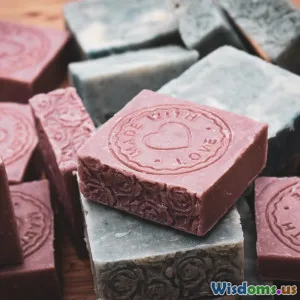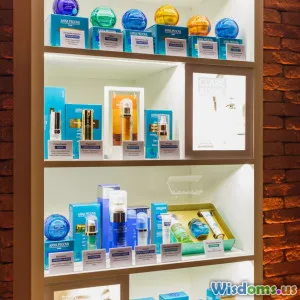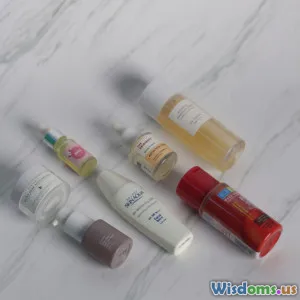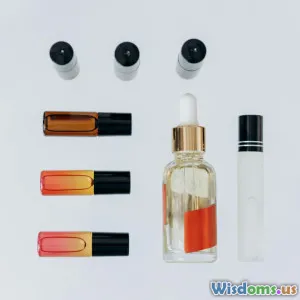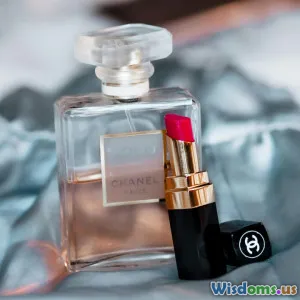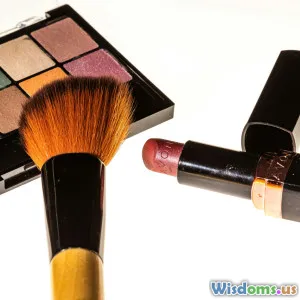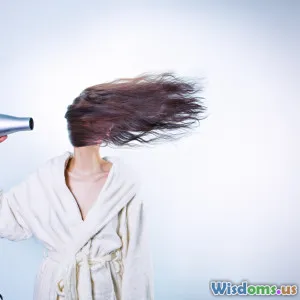
Personal Journey Breaking Up With Chemical Hair Dyes
7 min read An intimate exploration into the transformative journey of ditching chemical hair dyes for natural, healthy hair revitalization. (0 Reviews)
Personal Journey Breaking Up With Chemical Hair Dyes
The decision to stop using chemical hair dyes is more than just a beauty choice—it's often a journey that involves self-discovery, healing, and reconnection with our natural selves. For years, millions of people globally embrace chemical hair dyes to express style, cover grays, or follow trends. But what happens when you choose to break up with these dyes? This article delves into the intimate experience of quitting chemical hair products, weaving personal insights, scientific facts, and practical guidance.
Why I Chose to Stop Using Chemical Hair Dyes
At first glance, hair dye seems harmless—a simple way to change appearance. But over time, I noticed my hair was becoming brittle, lifeless, and prone to breakage. Scalp irritation and persistent itching accompanied my routine dye jobs every few weeks. According to the American Academy of Dermatology, ingredients in oxidative hair dyes—like ammonia and PPD (para-phenylenediamine)—can cause allergic reactions or weaken hair structure with long-term exposure.
The turning point came during a routine dermatology visit where my doctor warned me about the potential scalp damage from frequent chemical use. Simultaneously, I grew increasingly uncomfortable with the ecological and health implications of synthetic dye ingredients. This moment sparked my commitment to a chemical dye breakup.
Understanding the Impact of Chemical Hair Dyes
Chemical Composition and Effects
Chemical hair dyes operate by penetrating the hair cuticle and altering melanin within the cortex to change color permanently or semi-permanently. Key chemicals include:
- Ammonia: Opens the hair cuticle but can cause scalp dryness and sensitivity.
- Peroxides: Lighten natural pigment but may weaken hair by stripping protective proteins.
- PPD (Para-phenylenediamine): A common colorant known for allergy risks.
Long-term use, especially when paired with hair bleaching, increases risk for hair thinning, scalp irritation, and potential linkage to carcinogenic exposure, as cited by various health studies.
Environmental Impact
Hair dye chemicals don't disappear harmlessly after use. Many products contain pollutants contributing to water contamination. An article published in Environmental Science & Technology highlights toxic compounds from cosmetic ingredients affecting aquatic life.
The Early Challenges of Breaking Up With Chemical Dyes
My first decision to embrace natural hair color felt liberating but daunting. The initial weeks exposed the challenging transition phase:
- Regrowth Contrast: The stark difference between colored ends and natural roots was visually jarring.
- Hair Texture Changes: After years of chemical treatment, my hair felt uneven in texture, requiring care recalibration.
- Social Perceptions: Friends and colleagues expressed surprise, sometimes skepticism, highlighting the social conditioning around beauty.
Many individuals share similar difficulties, which literature corroborates. A 2019 survey in the Journal of Cosmetic Dermatology found over 60% of users experienced anxiety about showing natural gray or untreated hair in professional settings.
Nurturing Hair Health Post-Chemical Dyes
Taking care of hair without chemicals became my mission.
Switching to Gentle Hair Care Products
I prioritized:
- Sulfate-free shampoos: to maintain scalp moisture
- Silicone-free conditioners: avoiding layering buildup
- Natural oils like argan and jojoba for nourishment
Scalp Care and Detoxifying Treatments
Regular scalp massages stimulated blood flow; homemade treatments like green tea rinses helped reduce inflammation.
Embracing Patience
Hair health recovery takes time. Hair grows approximately half an inch per month, meaning repairing damage and completely replacing chemically treated strands can span several months or years.
Consultation and Support
Visiting a trichologist provided tailored advice. Connecting with online communities and hair-positive influencers offered motivation and solidarity.
Embracing Natural Hair Color and Identity
One of the most profound effects of quitting chemical dyes was growing comfortable—and eventually proud—of my natural hair color, including gray strands.
Celebrities like Meryl Streep and George Clooney publicly embrace their grays, helping reshape societal attitudes. This shift aligns with the broader natural beauty and anti-ageing movements.
Tips for Anyone Considering Quitting Chemical Hair Dyes
- Plan Your Transition: Consider gradual root growth or cutting off regularly dyed ends.
- Choose Supportive Haircuts: Layers or shorter cuts can ease the growing out phase.
- Stay Hydrated and Nourished: Nutrition influences hair quality.
- Explore Natural Color Alternatives: Henna and indigo can add subtle tint without harsh chemicals.
- Monitor Scalp Health: Address issues early with professionals.
Conclusion: A Journey Worth Taking
Breaking up with chemical hair dyes isn't just about hair—it’s about reclaiming control, valuing health, and redefining beauty standards on your terms. My journey was filled with challenges but ultimately rewarding, as I witnessed revitalized hair and regained confidence.
The decision transformed not only my appearance but my mindset, encouraging me—and hopefully readers—to celebrate authenticity.
If you’re thinking about quitting chemical dyes, remember that patience, education, and support are your greatest allies. Your natural hair journey could be the start of both physical healing and personal empowerment.
References
- American Academy of Dermatology Association: Hair Dye Allergies and Risks
- Scientific studies on hair dye chemicals and health effects
- Environmental Science & Technology, 2020: Impact of cosmetic pollutants
- Journal of Cosmetic Dermatology, 2019 survey on natural hair anxiety
Embark on your journey to natural hair health with confidence and knowledge.
Rate the Post
User Reviews
Popular Posts










